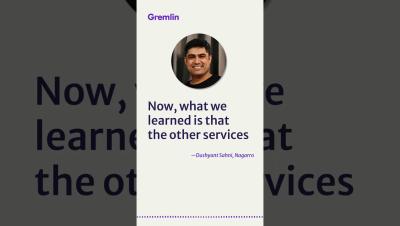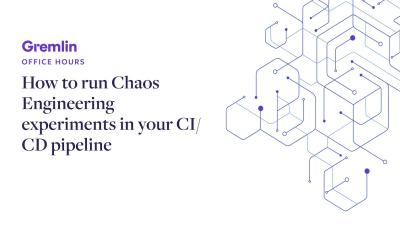The CTO is responsible for reliability and availability
Who's ultimately responsible for reliability? "You need an executive champion that cares about this. And to me, it's the CTO. The CTO is responsible for the quality of the code that you're writing, the quality of the customer experience, the quality of the product. And so, you know, your software doesn't work. The quality is zero. Not half points here. If you can't use it, it doesn't work.











